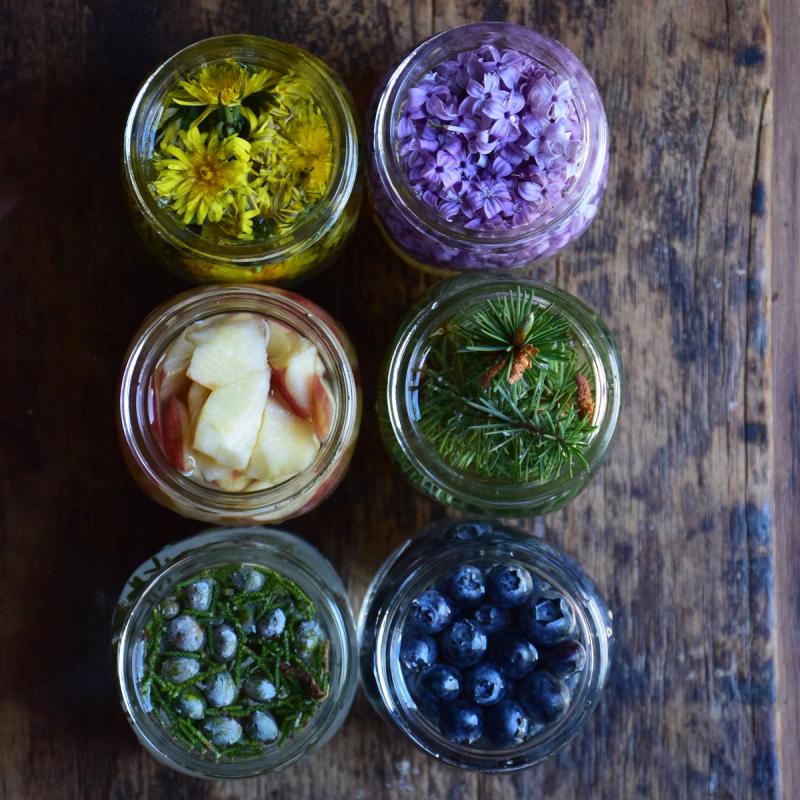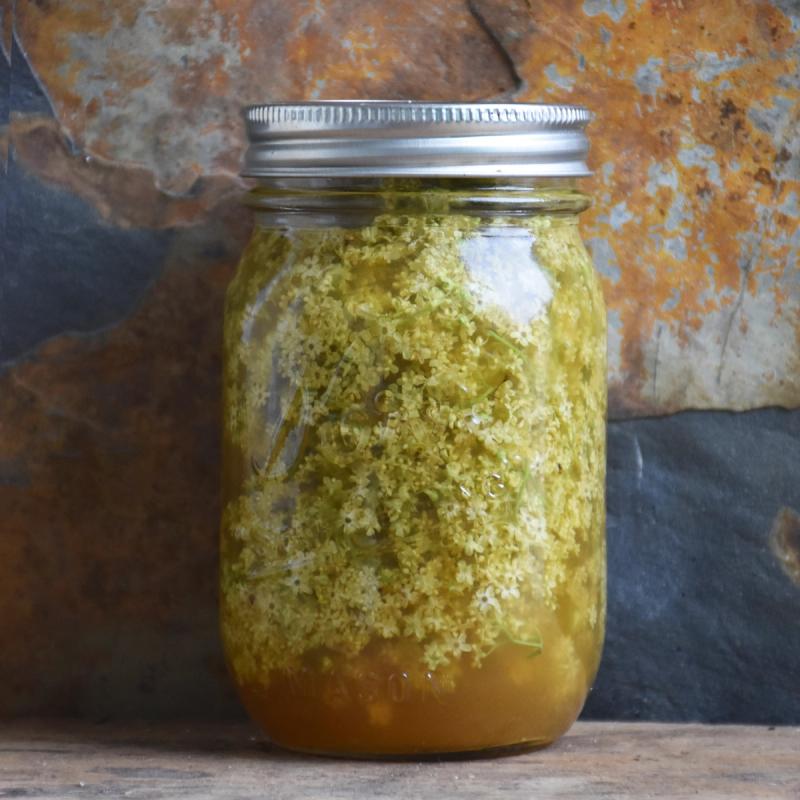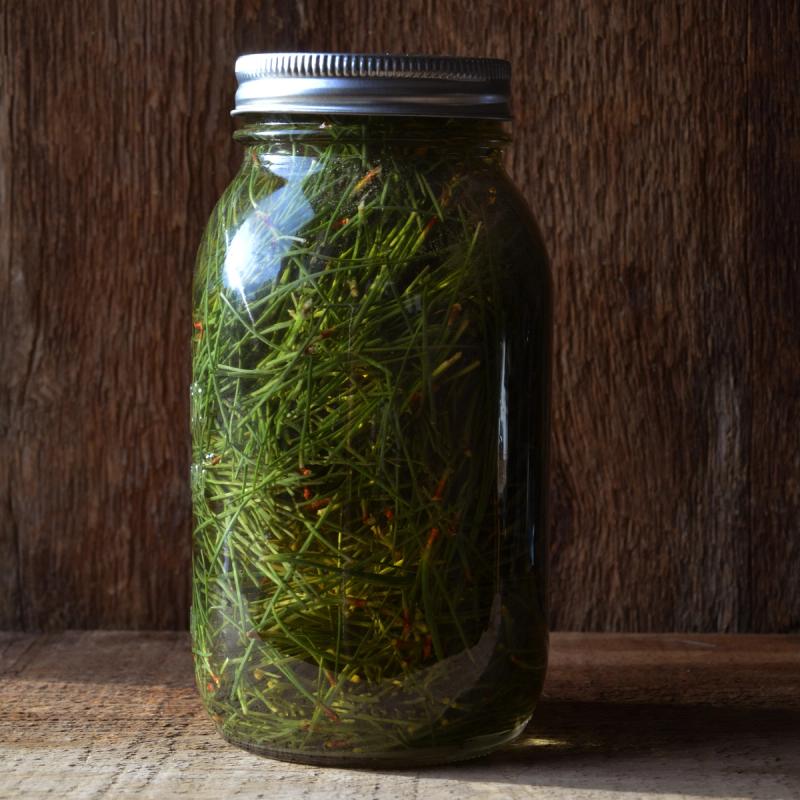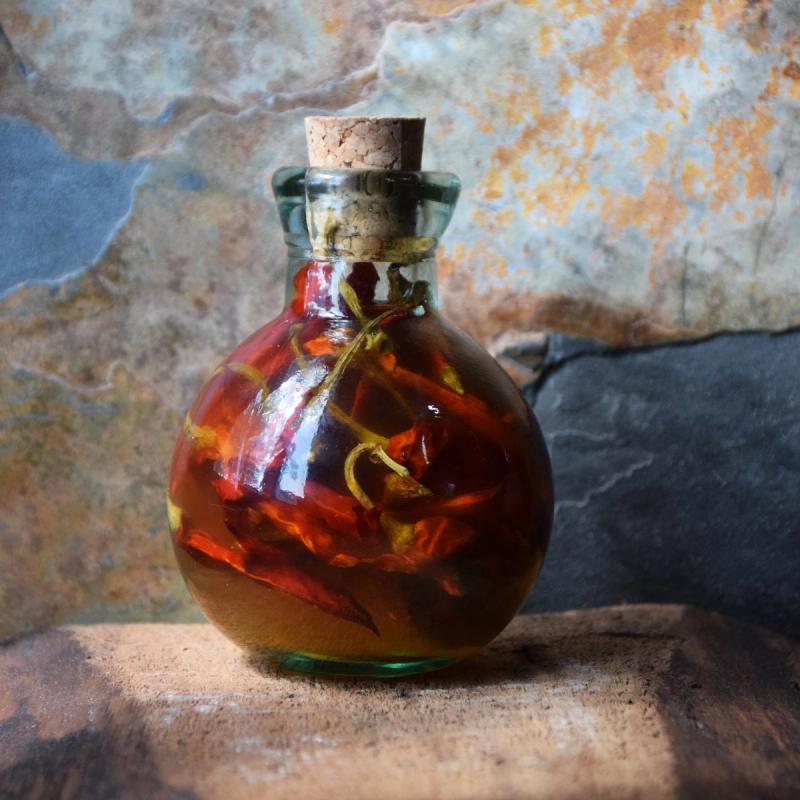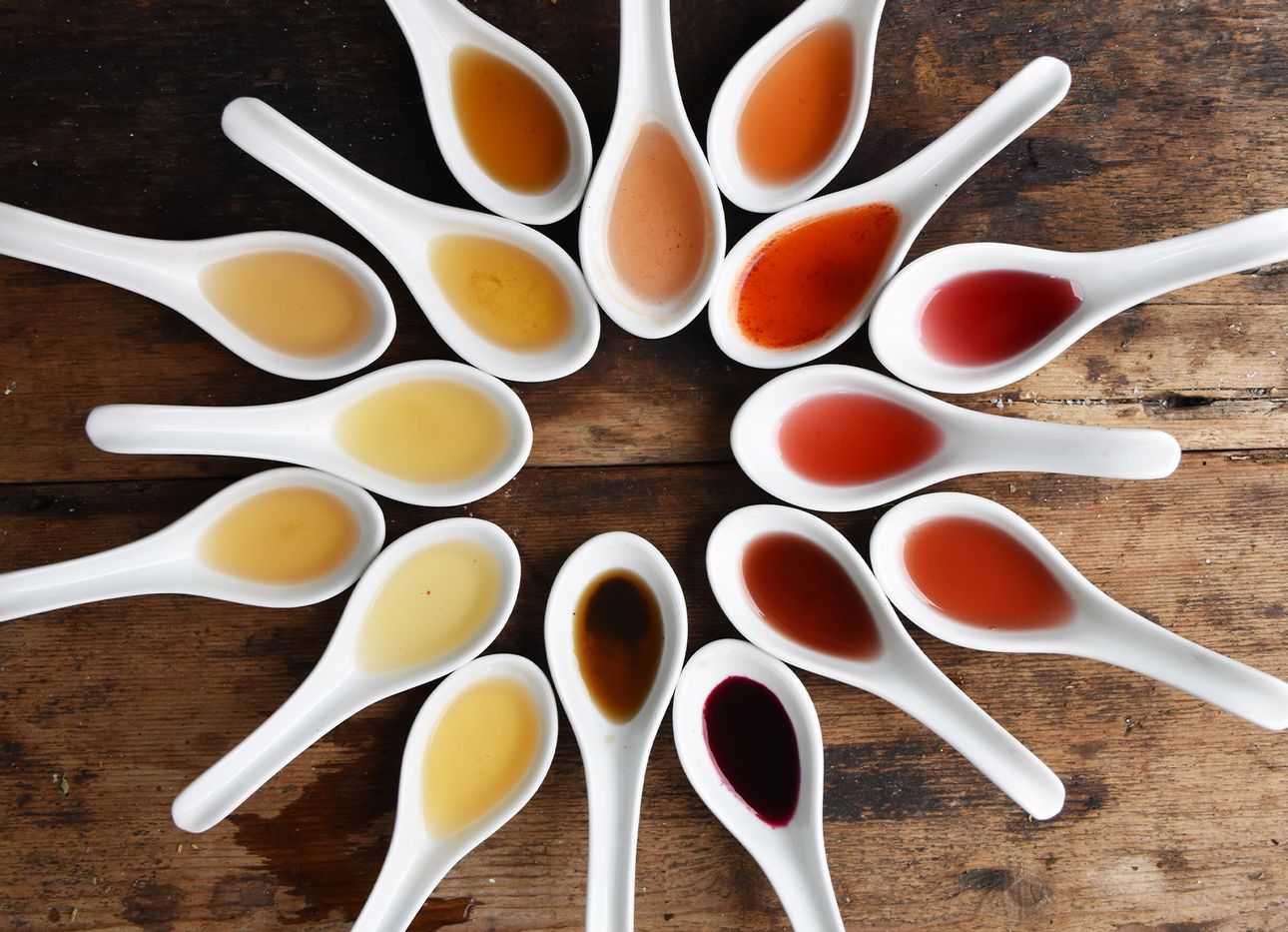
“Culinary Alchemist” Pascal Baudar on the Art of Foraging and the Craft of Vinegar
Pinning a single job title on the award-winning food expert and forager Pascal Baudar is no easy task. A self-described “culinary alchemist” who cans, dries, smokes, ferments, steams, and pickles cactus buds, harvester ants, and other obscure flora and fauna, Baudar is the go-to source for Los Angeles–based chefs Curtis Stone, Josiah Citrin, and Ludovic Lefebvre, as well as cocktail maestros, including Matt Biancaniello, seeking these delicacies. “The majority of chefs use 30 wild ingredients, maximum,” Baudar says. “We deal with four hundred and fifty-six.”
To connect people outside the restaurant industry with this edible bounty, the culinary explorer launched Urban Outdoor Skills, which offers online and in-person workshops that introduce the appetizing plant life hiding in plain sight in and around cities across the United States. The author of Wildcrafted Fermentation (2020), The Wildcrafting Brewer (2018), and The New Wildcrafted Cuisine (2016), Baudar this month turns his attention to the power of sour with the release of Wildcrafted Vinegars (Chelsea Green Publishing). A timely (and timeless) call to arms, the book brings together flavorful condiments, preserves, and pickles, as well as unexpected seeds and weeds, and serves as a comprehensive history of vinegar, starting from the first-known mention of it, in ancient Babylonian scrolls dating to around 5000 B.C.
We recently spoke with him about what he calls “one of the biggest food wastes of our time”—namely, the non-use of entirely edible plants that cover the hills and vast fields surrounding his adopted city—and asked how he hopes to leverage this natural abundance to feed people who struggle with access to affordable nutritious food.
You’ve said that flavor motivates you to forage, and that, for you, “eating this way has an almost divine quality.” Could you elaborate?
Foraging gets me in touch with my DNA, which is eighty percent Viking and twenty percent Middle Eastern. So the activity connects me both to my ancestry and to the land in the here and now. Rediscovering flavors that one cannot even buy in any store feels extremely powerful and exciting. Then I taste flavors like mugwort beer vinegar, which is loaded with wild yeast. That really blew my mind. Best of all, anyone can access this divine experience I speak about. I’m simply teaching methods so people can then go off and discover on their own. I suggest picking one plant at a time and starting to cook with it. Learn to cook, ferment, and pickle a dandelion, for example, then move on to another. In a year, you’ll have mastered fifty-two plants.
What are some unexpected ingredients that anyone can access and that make for great vinegars?
Let’s take mountain vinegar with pine needles and pine branches. Or, there is smoked shiitake mushrooms and seaweed vinegar. It’s very easy to make, yet brimming with umami. I want this book to show how much anyone can do with vinegars, from drinks to salad dressings to sauces. There is incredible variety to be explored, just by stepping outside your front door. For me, the holy trinity that anyone can collect in the wild is lacto bacteria, wild yeast, and vinegar. Then, as you get more familiar with the terrain, I like to mix things, like roots and stems, plus unripe berries. There is so much out there, and we’re letting it go to waste.
You write about wanting to inspire cuisine that deploys plants to improve nutrition for more people in need?
In L.A., by far the biggest food waste I see is all the edible but unwanted black mustard, such as Sahara mustard. The hills around L.A. are covered with it. There are at least eight or nine different kinds of black mustard growing around here. Some taste like the finest Japanese wasabi. Then there are wild radishes growing everywhere, and wild oats and grains. The mountains around L.A. thrive with many of the wild edible invasive plants we have in North America, like sorrel leaves; curly dock weed; spinach; sticky nettle, which is great in soup; and chickweed, which is often sought after by this town’s fanciest restaurants. There is also cattail, elderberry, and wild fennel growing all over. The latter is highly invasive around L.A.
For people who may be new to foraging, what should they be looking for in wild landscapes?
In L.A., there are so many figs and olives growing all around us. When you take into account the uses for olive leaves, too, it just adds up to so much waste. There are also invasive blackberries all around us, and gooseberries, too. Then, because of all the old plantations around here, you find a lot of wild nuts, all of it just going to waste until we learn how to live and feed ourselves differently.
You write, “If you want to explore a cuisine based on your environment… the ability to create your own vinegars using local ingredients is vital.” Why is that?
Anyone can do so much with vinegar. It’s really a whole cuisine of the land, one that leverages the hundreds of native, local, and natural ingredients in any community that we should be celebrating. Instead of honoring and doing what’s beneficial to the land by growing for native cuisine, humans are destroying land with destructive, unnatural farming practices. In all of my ventures, including my new book, of course I want to awaken people’s taste buds, but I’m also advocating for the opposite of big, corporate farming and towards a cuisine that is actually beneficial to our environment and our planet. I’m literally planting seeds in people’s heads.
